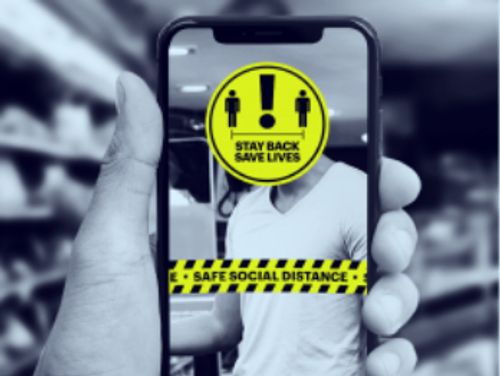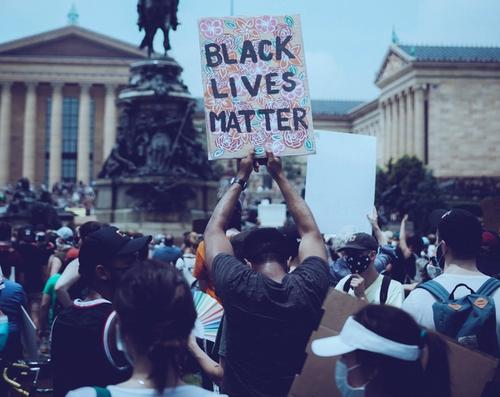As the pandemic continues its march around the globe, people have now had sufficient time for its effects to sink in more deeply and gnaw on the collective consciousness and psyche. New priorities related to coping and living with the virus during the pre-vaccine limbo are emerging.
To explore and apply further insights about post-Pandemic consumers for your sector, business, or brand, please contact:
Suresh Raj
hello@v7international.com



















